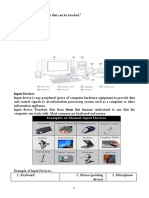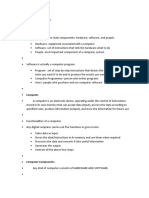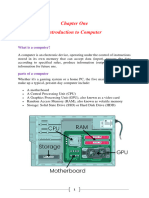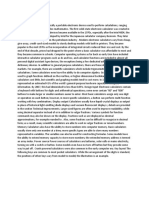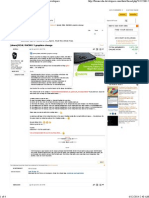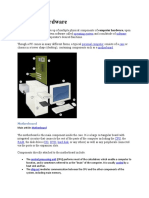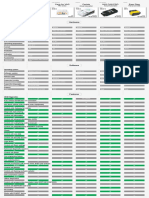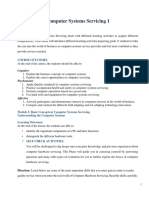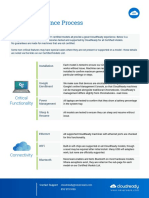0% found this document useful (0 votes)
21 views24 pagesIntroduction To Computer
A computer is an electronic device that processes data according to stored instructions, performing functions such as input, processing, output, and storage. It consists of hardware (physical components) and software (programs and instructions), with key components including the CPU, memory types (RAM and ROM), and various input/output devices. Computers are classified by size and power, ranging from personal computers to supercomputers, and they can be affected by viruses, which can be mitigated through preventive measures.
Uploaded by
raviprakash843313Copyright
© © All Rights Reserved
We take content rights seriously. If you suspect this is your content, claim it here.
Available Formats
Download as PDF, TXT or read online on Scribd
0% found this document useful (0 votes)
21 views24 pagesIntroduction To Computer
A computer is an electronic device that processes data according to stored instructions, performing functions such as input, processing, output, and storage. It consists of hardware (physical components) and software (programs and instructions), with key components including the CPU, memory types (RAM and ROM), and various input/output devices. Computers are classified by size and power, ranging from personal computers to supercomputers, and they can be affected by viruses, which can be mitigated through preventive measures.
Uploaded by
raviprakash843313Copyright
© © All Rights Reserved
We take content rights seriously. If you suspect this is your content, claim it here.
Available Formats
Download as PDF, TXT or read online on Scribd
/ 24



